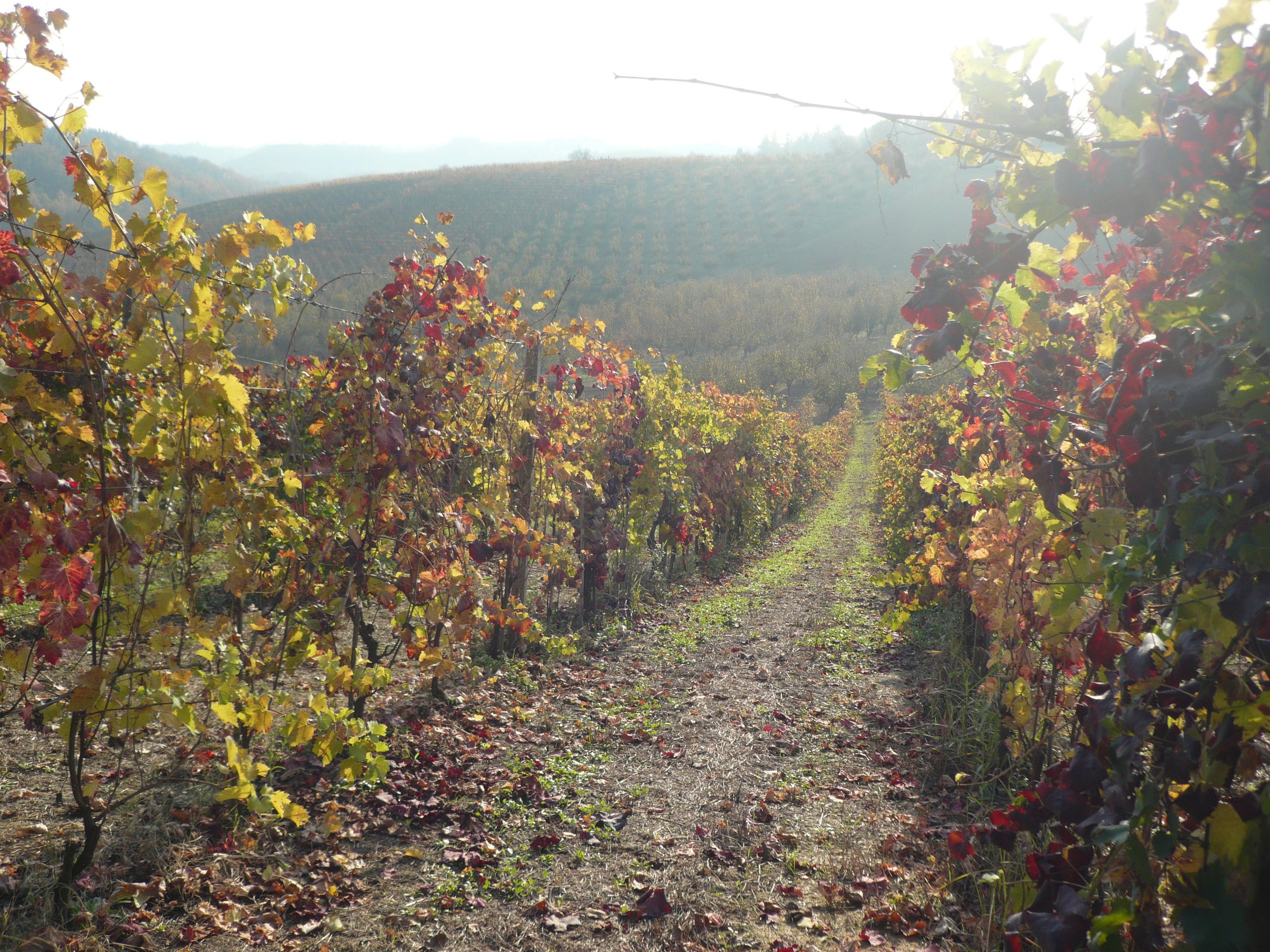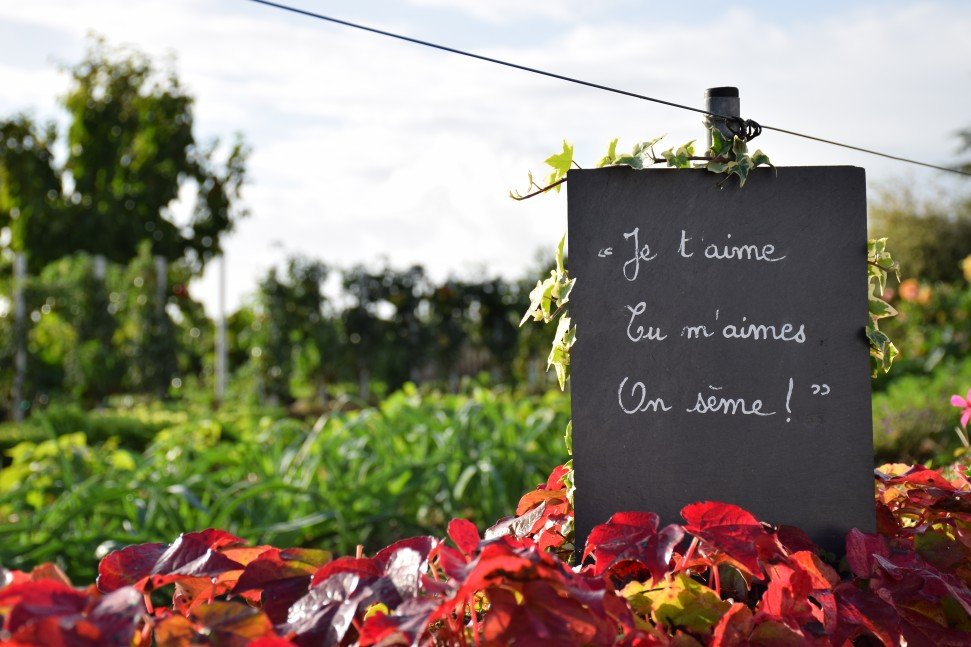
Claude Branger
Muscadet Sèvre et Maine, Loire, France



Among the small cadre of committed growers—and it remains a small cadre—the father and son team of Claude and Sébastien Branger rank among the top. Claude was an early member of Terra Vitis, an organization that sets guide-lines for sustainable farming and monitors its members’ practices to ensure compliance. Subsequently, Sébastien embarked the domaine on the road to full-fledged organic farming. Certification came in 2016. They farm 65 acres in two parishes in the heart of the Muscadet Sèvre et Maine appellation. .
Two new crus communaux are the most exciting thing to come down the Muscadet pike in recent time, and are meant to be the apex of the pyramid in Muscadet (the base being made up of generic Muscadet, and the middle being made up of the three sub-appellations of Sèvre et Maine, Côteaux de la Loire, and Côtes de Grandlieu). The INAO recognized the following crus: Le Pallet (grabbo terroir), Clisson (granite), and Gorges (clay and quartz). recognized in 2011, followed by Goulaine (schist); Mouzillon-Tillières (grabbo); Château Thébaud (granite); and Monnières-Saint Fiacre (gneiss), all recognized in 2014. These all require lower maximum yields—45 hectoliters per hectare for a cru compared to 55 hl/ha for the sub-appellations—and a minimum aging period on the lees (usually 24 months, but this varies).
The Brangers have vines in the delimited zones of Château Thébaud and Monnières-Saint Fiacre.
This domaine prunes its vines for low yields, harvests by hand (a rarity in this land of machine harvesting), and lets its wine rest on the lees until bottling, which is done without fining and with a light filtration—the classic sur lie technique. It’s this technique that gives good Muscadet wine its freshness and lift. Contrary to popular opinion, Melon is not, if allowed to ripen properly, naturally high in acid; it’s the lees contact and the resulting CO2 gas that give the wine its crisp spice and zest (acid Muscadet is usually the product of under ripe, high-yielding machine-harvested grapes).
Visit The Wine Doctor for a an excellent summary of a visit to the estate.
Our Selections
Claude Branger Muscadet Sevre-et-Maine Le Fils des Gras Moutons 2023
This is the domaine’s excellent base wine coming from 26 acres of vines in earlier maturing plots (while named the son of the wine below, this does not come from the same vineyard—it is simply made in the same spirit). The soil runs from 10 to 16 inches deep and the granite bedrock is metamorphic gneiss full of mica and quartz. These vines average 40 years of age and their yield averages 50 hectoliters per hectare (the legal maximum permitted in the AC, and thus the norm, is 55 hl/ha). The wine rests on its lees for six to seven months before bottling.
Review of the 2022 Vintage: “The Muscadet “Le Fils des Gras Moutons” from Claude and Sébastien Branger is made from their younger vines in this Cru vineyard, with the vines that go into this bottling being thirty-five years of age or less. The 2022 “Le Fils des Gras Moutons” offers up a deep and lovely bouquet of breadfruit, apple, stony soil tones, dried flowers, a nice touch of sweet leesiness and a briny topnote redolent of the sea. On the palate the wine is full-bodied, focused and complex, with a lovely core of fruit, fine mineral undertow and grip, sound acids and excellent balance on the long and classy finish. This wine has opened up beautifully since I tasted it a year ago and is an excellent bottle of Muscadet". 2024-2040. 92 pts- John Gilman, View from the Cellar, May-June 2024
Claude Branger Muscadet Sevre-et-Maine Terroir les Gras Moutons 2022
This is a single-vineyard wine, made now from 18 acres of vines (before 2009, their parcel totaled 10 acres) growing in a celebrated vineyard named the Fat Sheep*, one that occupies the high and gently sloping ground. This is in the adjacent commune of Saint Fiacre, which is the smallest of the 23 communes in the Sèvre et Maine AC and one with some of the best grape growing land. The bedrock is gneiss with amphibolite, a greenish metamorphic rock and the thin topsoil is pebbly, sandy clay. The vines were planted between 1930 and 1986, and average more than 50 years old. The meager soil and the old vines give naturally low yields, averaging 45 hl/ha. The wine rests on its lees in underground tanks for twelve to fourteen months, and it is quite concentrated by Muscadet standards. Ripe, round, and intensely mineral, this wine can age beautifully, developing aromas with bottle age that are a cross between Riesling and Pinot Blanc. A productive year sees 3,625 cases made.
“Fat Sheep” is the literal translation, but it’s pretty far off base. Gras moutons comes from the old local dialect for gros moton or gros motton. Gros refers to something important, as in big or promi-nent. Moton is derived from mons in Latin, referring to mont (mount in English), the base for montagne or mountain. Motton comes from motte, referring to a natural levy or rise in the ground. Whether you go with moton or motton, it’s clear that Gras Moutons refers to a high point of ground in the area.
Review of the 2022 Vintage: “Les Gras Moutons is one of my favorite vineyards in Muscadet. The vineyard is qualified to be bottled as the Cru of Monnières-Saint Fiacre if the grower so chooses, but if it is to take the Cru name on the label, it must be aged for twenty-four months sur lie. Sébastien and Claude Branger prefer to age this bottling for fourteen months on its fine lees and sell it under the vineyard’s name. The 2022 les Gras Moutons is a beautiful wine, completely defined by its underlying minerality, as it offers up scents of lemon, breadfruit, a complex foundation of stony minerality, lovely leesy tones and a topnote of dried flowers. On the palate the wine is bright, full-bodied and gently briny in personality, with an excellent core of fruit, superb mineral drive and cut, excellent focus and complexity and a long, seamlessly balanced and vibrant finish. Great juice.” 2023-2045+. 94 pts- John Gilman, View from the Cellar, May-June 2024


